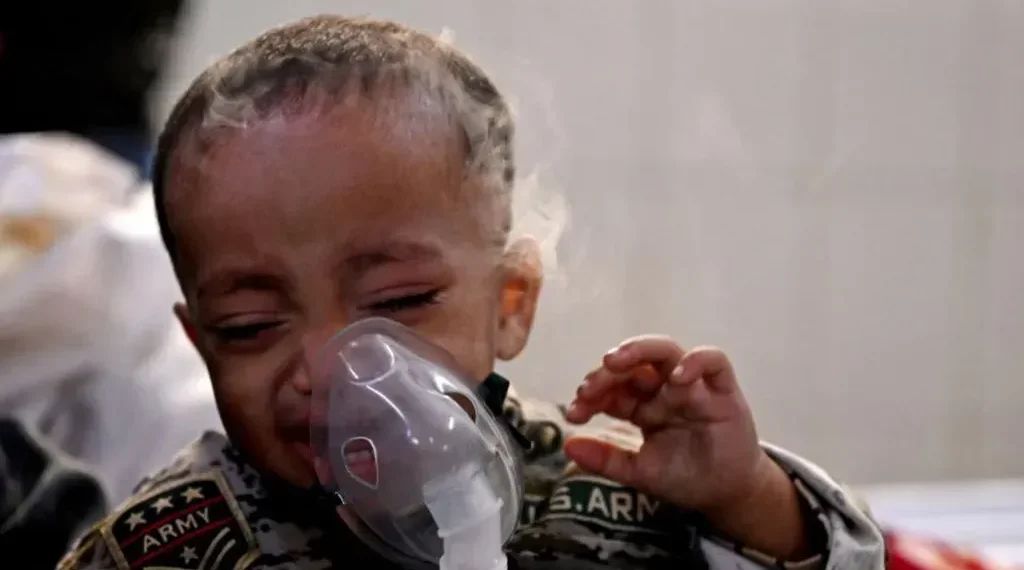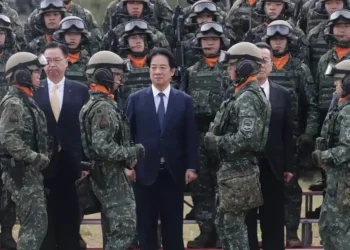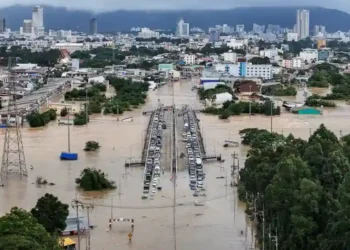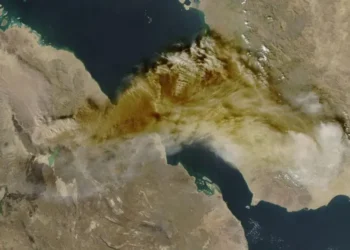The choking haze blanketing Delhi has reached hazardous levels this winter, putting the city’s youngest residents at serious risk. Pediatric clinics across the region report surges in children suffering from respiratory issues, leaving parents anxious and overwhelmed.
In a crowded Noida clinic near Delhi, parents waited with children coughing, sneezing, or struggling to breathe. Many of the cases began in October, coinciding with a sharp spike in pollution levels that forced longer waits for doctor appointments.
A Persistent Seasonal Crisis
Delhi and surrounding northern states face recurring winter pollution episodes caused by multiple factors. Low wind speeds trap pollutants in the air, while industrial emissions, vehicle exhaust, dropping temperatures, and seasonal crop residue burning contribute to the hazardous smog.
Since last month, the city’s Air Quality Index (AQI) has hovered between 300 and 400, far above the World Health Organization’s recommended safe limit. Readings above 400 pose serious health risks even for healthy adults, but children and the elderly are most vulnerable.
“Particulate matter like PM2.5 can significantly affect a child’s immunity, particularly because their systems are still developing,” said Dr Shishir Bhatnagar, a pediatrician in Noida. “During pollution season, the proportion of children with respiratory complaints rises from 20–30% to 50–70% of my daily patients.”
Government efforts, including halting construction, restricting polluting vehicles, and even cloud seeding to induce rain, have had limited success in mitigating the crisis, leaving Delhi’s 20 million residents — especially parents of young children — in persistent distress.
The Human Cost of Pollution
For Khushboo Bharti, 31, the dangers of Delhi’s air became painfully real on 13 November, when her one-year-old daughter, Samaira, fell severely ill.
“She woke up with a violent cough that made her vomit repeatedly,” Bharti recounted. Home remedies failed, and she rushed the toddler to a hospital at night. Samaira required steroid nebulization and two days of oxygen support, ultimately being diagnosed with pneumonia.
“Even now, if she coughs, I panic,” Bharti said. While Samaira has recovered, other families are not as fortunate. Gopal*, a father, recently took his two-year-old daughter Renu* to a government hospital for chest congestion, where doctors indicated she might require ongoing inhaler treatment.
Long-Term Health Implications
Medical research underscores the severe impact of air pollution on children worldwide, linking high exposure to stunted growth, weakened immunity, and reduced cognitive development. A recent University of Cambridge study analyzing data from nearly 30 million people found that exposure to certain pollutants also increases long-term risk for dementia, including Alzheimer’s disease.
These risks are prompting some parents to consider relocating. Bharti noted, “What is the point of living in a city where my daughter can’t breathe safely? We can’t leave immediately, but we will move as soon as possible.”
In the meantime, Delhi authorities have attempted to reduce children’s exposure by postponing outdoor sports and shifting primary school classes to hybrid learning. While these measures help families with resources, many economically disadvantaged children — living in cramped homes or informal settlements — continue to face relentless exposure.
“Children from lower-income families are consistently exposed to high levels of pollution,” said Dr A Fathahudeen, a pulmonologist based in Kerala. “Their lungs are more vulnerable, and untreated respiratory infections can cause permanent damage, increasing the risk of chronic obstructive airway disease later in life.”
Dr Fathahudeen advised keeping children indoors when possible, ensuring adequate hydration, and using N95 masks outdoors. However, parents struggle with the dilemma of balancing safety with the need for play and physical activity.
Seema*, a mother, reflected on the challenge: “They need space to play. Even though we let them go outside briefly, we are forced to limit their activities because the air is so toxic. They protest, but we cannot compromise their health.”
A Widening Public Health Concern
The recurring smog in Delhi exemplifies a broader crisis affecting northern India, where seasonal pollution peaks coincide with colder months and agricultural burning. Pediatricians report that each winter brings a spike in hospital visits, overwhelming healthcare resources and straining families.
Experts warn that without sustained policy interventions addressing industrial emissions, vehicular pollution, and crop residue burning, children will continue to bear the heaviest burden. For millions of parents, the persistent haze transforms daily life into a constant battle to protect the next generation.
This article was rewritten by JournosNews.com based on verified reporting from trusted sources. The content has been independently reviewed, fact-checked, and edited for accuracy, neutrality, tone, and global readability in accordance with Google News and AdSense standards.
All opinions, quotes, or statements from contributors, experts, or sourced organizations do not necessarily reflect the views of JournosNews.com. JournosNews.com maintains full editorial independence from any external funders, sponsors, or organizations.
Stay informed with JournosNews.com — your trusted source for verified global reporting and in-depth analysis. Follow us on Google News, BlueSky, and X for real-time updates.











